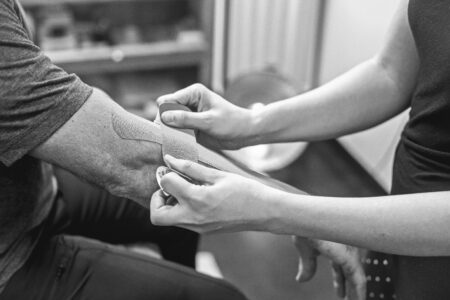Exploring Societal Trends: How the Ideal Female Figure Keeps Changing Over Time
- Updated on: Dec 18, 2024
- 2 min Read
- Published on Dec 18, 2024

Is it possible to have a universally accepted ideal female shape? Beauty standards are fluid, and they vary across different cultures, tribes, and eras. Women’s beauty is mainly influenced by culture and technological shifts.
The perception surrounding beauty and the ideal body type has evolved significantly throughout history. The change of these standards is influenced by individual self-image as well as the broader societal norms. This article will delve into the ideal female figure and how trends over time have shaped the perception of equity and identity.
Modern Times
Technology has impacted various areas of life, including how people perceive beauty. Unlike in the past, when people used one-dimensional views when discussing the ideal female figure, today’s social media promotes diversity and inclusivity. Various social media platforms encourage women to embrace their unique shapes and sizes. This explains why women with different body shapes and sizes are considered beautiful today.
As people become more open to what beauty might mean to different individuals, there is also a greater openness about body enhancement procedures where individuals can make choices that align with their beauty and comfort. This explains why some women go for breast reduction surgery turkey, which has gained popularity due to its quality and empowering women to choose their desired body shape. Such body-enhancing procedures enable people to redefine beauty standards and enjoy self-expression.
Post War
Women’s beauty in the post-war era, during the 1950s, is known as the era of hourglass. That’s because, during this era, women’s ideal shape resembled the hourglass, a curvy body with a large bust, full hips, and cinched waist. This was an era where women used to wear corsets to round their busts and hold in their stomachs and waist. They also shaped their hips so their bodies could attain the hourglass figure.
Most of the ads on beauty then urged skinny women who are not curious to consider taking weight gain supplements so that they can fill out their curves. In fact, it was during this time that Barbie was created, a doll that has a tiny waist and is curious. Though times have changed, the hourglass figure of the post-war remains a timeless benchmark of beauty that influences style even in this modern age.
Ancient Ideals
During ancient Egypt, the perfect female figure was a slender body with narrow shoulders, a high waist, and curvy. They also needed to have symmetrical features and elaborate adornments, as this was a sign of fertility and high social status. On the contrary, in Ancient Greece, the ideal woman figure was plump, full-bodied, and light-skinned. However, this is no longer the case since women with various body shapes are equally attractive.
The Han dynasty era favored slim women who had slim waists and tiny feet. Having pale skin, large eyes, and white teeth was a plus. The Chinese women who had such figures were considered to have ultra-femininity. The case was different in the Italian Renaissance era as the ideal woman was described as having full hips, ample bosom, and a rounded stomach.
Though modern worlds allow people to decide what they think is an ideal female figure, that was not always the case. Taking time to understand how these standards have evolved helps individuals gain insight into the importance of identity. This knowledge can also encourage individuals to embrace their appearance and authentic selves.












